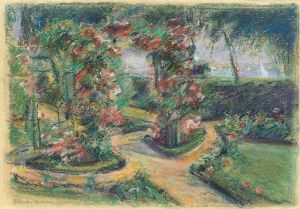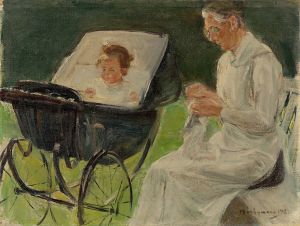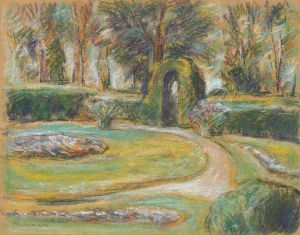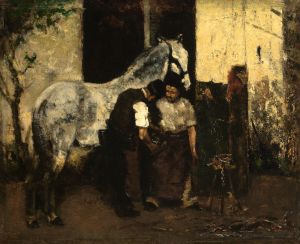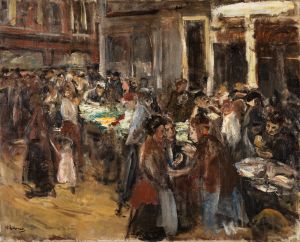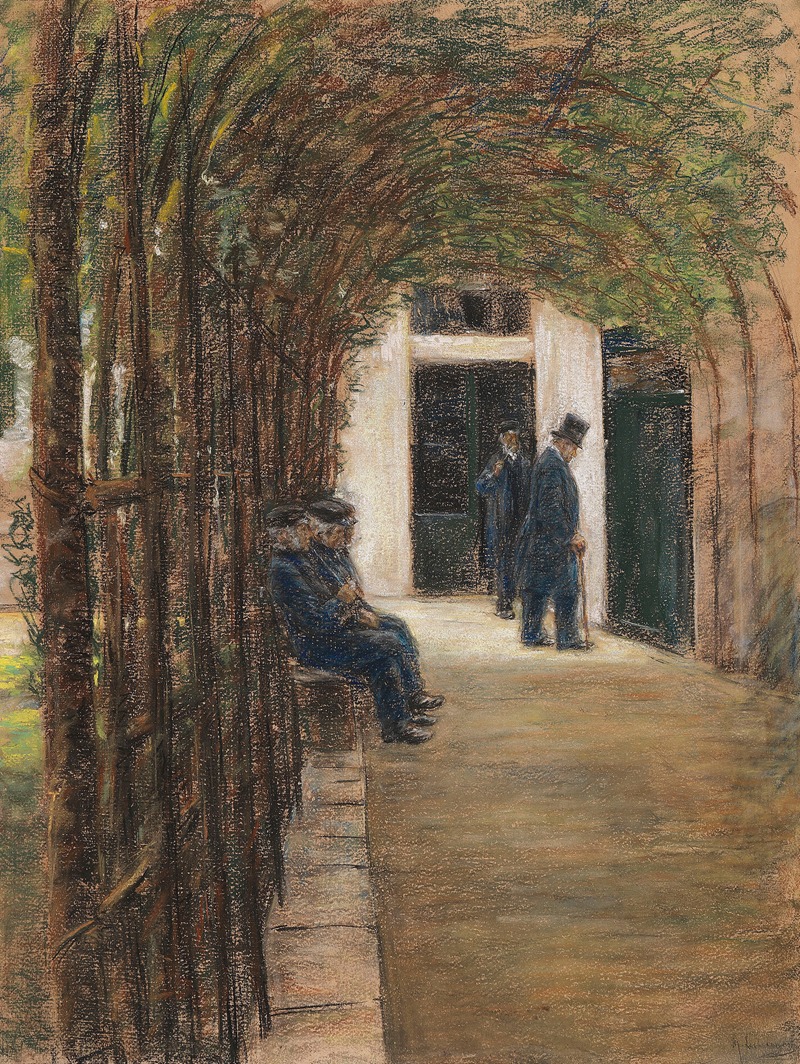
Altmännerhaus in Amsterdam
A hand-painted replica of Max Liebermann’s masterpiece Altmännerhaus in Amsterdam, meticulously crafted by professional artists to capture the true essence of the original. Each piece is created with museum-quality canvas and rare mineral pigments, carefully painted by experienced artists with delicate brushstrokes and rich, layered colors to perfectly recreate the texture of the original artwork. Unlike machine-printed reproductions, this hand-painted version brings the painting to life, infused with the artist’s emotions and skill in every stroke. Whether for personal collection or home decoration, it instantly elevates the artistic atmosphere of any space.
Max Liebermann's painting Altmännerhaus in Amsterdam (translated as Old Men's House in Amsterdam) is a notable work by the German Impressionist painter, created in 1880. Liebermann, one of the leading figures of the German Impressionist movement, was known for his depictions of everyday life and his focus on light, atmosphere, and naturalistic detail. This painting is a prime example of his interest in capturing scenes of ordinary people engaged in their daily routines.
The subject of the painting is the courtyard of the "Altmännerhaus," or Old Men's House, in Amsterdam. This institution, also known as the Oude Mannen- en Vrouwenhuis, was a charitable home for elderly men and women who could no longer care for themselves. Located in the Dutch capital, the home provided shelter and support for its residents, reflecting the social welfare systems of the time. Liebermann visited Amsterdam during the late 19th century and was inspired by the city's light, architecture, and the quiet dignity of its inhabitants.
In Altmännerhaus in Amsterdam, Liebermann portrays a serene courtyard scene where elderly residents are seated, engaged in quiet activities or simply resting. The composition emphasizes the peaceful atmosphere of the space, with dappled sunlight filtering through the trees and casting soft shadows on the ground. Liebermann's use of light and color demonstrates his mastery of Impressionist techniques, while his focus on the elderly residents reflects his interest in depicting the human condition with empathy and realism.
The painting is significant not only for its artistic qualities but also for its historical context. Liebermann was part of a broader movement in 19th-century art that sought to move away from grand historical or mythological subjects and instead focus on the lives of ordinary people. His work often highlighted themes of labor, community, and the quiet dignity of everyday life, aligning with the social realist tendencies of the time.
Today, Altmännerhaus in Amsterdam is recognized as an important work in Liebermann's oeuvre. It exemplifies his ability to combine Impressionist techniques with a deep sensitivity to his subjects, making it a valuable contribution to the art of the late 19th century. The painting is housed in the Städel Museum in Frankfurt, Germany, where it continues to be appreciated by art historians and the public alike for its beauty and humanity.







